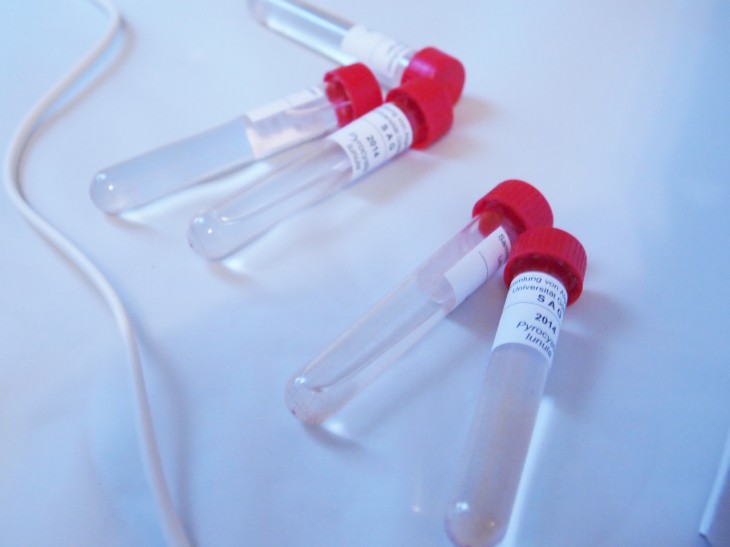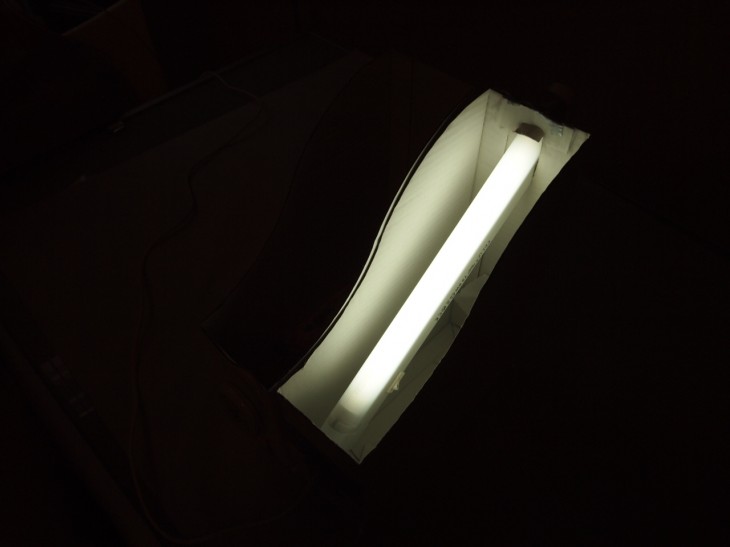
The algae arrived on Saturday by surprise from the Experimental Phycology and Culture Collection of Algae at the University of Goettingen (EPSAG). They arrived faster than I thought. For now I will post pictures of what happened. After all this is controlled I will make detailed posts on my experience on how to domesticate or create a micro environment for the Pyrocystis lunula. The ability to produce luminescence is strictly dependent upon the day/light cycle. In a 12 hour light/12 hour dark cycle, dinoflagellates will only flash brightly during the dark phase. Light emitted is brightest after several hours of darkness. Early in the morning, glowing activity is reduced and they no longer react to luminesce upon shaking. During the day, the dinoflagellates appear as ellipse shaped cells, pigmented red, indicating the presence of chlorophyll which enables photosynthesis to occur so they may harvest light from the sun. So the first thing I wanted to do is to create a ‘homemade emergency cardboard incubator’ with a light, a fan, and a thermometer (I had no access to an actual incubator on saturday). The next steps would be to know how to take care of this microalgae and knowing how can they propagate in a healthy way. The basics of what they need is provided right now which is light, temperature and CO2. 
